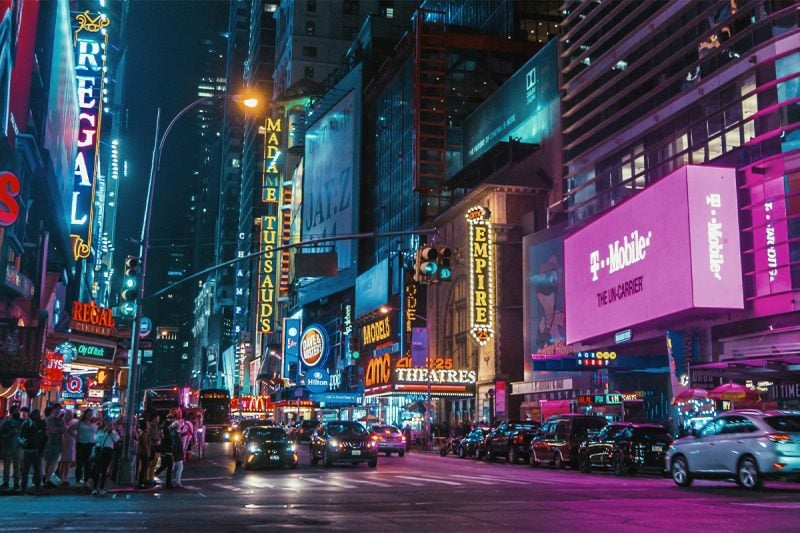
Design-Forward Brands Dominate in Competitive MarketDesign-Forward Brands Dominate in Competitive Market In the ever-evolving landscape of consumerism, brands that prioritize design and aesthetics are emerging as market leaders. Driven by a discerning and design-savvy consumer base, businesses that invest in their visual appeal and user experience are reaping the rewards. The Power of Visual Communication In today’s attention-driven economy, brands must communicate their values and differentiators quickly and effectively. Visual design plays a pivotal role in this process, serving as a powerful tool for conveying messages, evoking emotions, and capturing audiences. Design-forward brands leverage this power to create a memorable and cohesive brand identity that resonates with their target market. Enhancing User Experience Beyond aesthetics, design also plays a crucial role in enhancing user experience. By carefully considering the layout, navigation, and functionality of their products and services, design-forward brands create seamless and intuitive interactions. This, in turn, fosters customer loyalty and satisfaction. Attracting the Design-Savvy Consumer Modern consumers are increasingly sophisticated and discerning in their tastes. They demand products and experiences that are both functional and aesthetically pleasing. Design-forward brands cater to this demand by offering products and services that reflect their own elevated sense of style. This differentiation enables them to tap into a growing market of design-conscious consumers. Competitive Advantage In a crowded marketplace, design-forward brands have a significant competitive advantage. By embracing design as a core competency, they set themselves apart from competitors that focus primarily on price or functionality. This differentiation creates a perception of premium quality and exclusivity, allowing them to charge higher prices and attract a loyal customer base. Case Studies Numerous examples illustrate the success of design-forward brands. * Apple: Known for its sleek designs and intuitive user interfaces, Apple products have become synonymous with innovation and style. Its design-centric approach has made it one of the most valuable companies in the world. * Nike: By investing heavily in design and marketing, Nike has transformed itself from a simple sportswear manufacturer into a global lifestyle brand. Its iconic “Swoosh” logo and performance-oriented products have made it a leader in the athletic apparel industry. * Starbucks: Starbucks has created a cozy and inviting ambiance by prioritizing interior design and atmosphere. Its unique coffeehouse experience has fostered a loyal customer following and made it a destination for coffee lovers worldwide. Conclusion In today’s competitive market, design-forward brands are leading the charge. By embracing design as a strategic imperative, businesses can elevate their brand identity, enhance user experience, attract discerning consumers, and gain a competitive edge. As the trend towards design-driven consumption continues, brands that prioritize aesthetics and functionality will continue to thrive.
Posted inNews